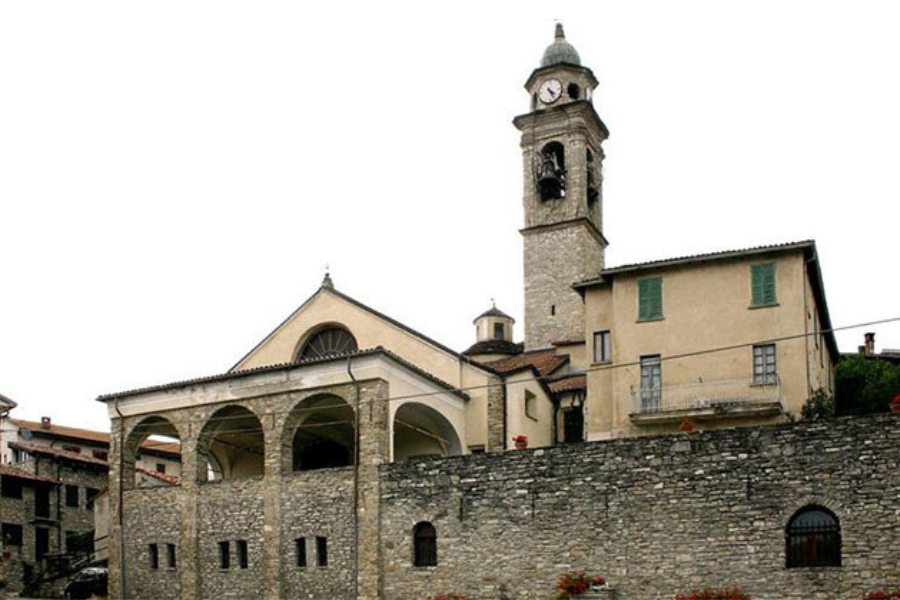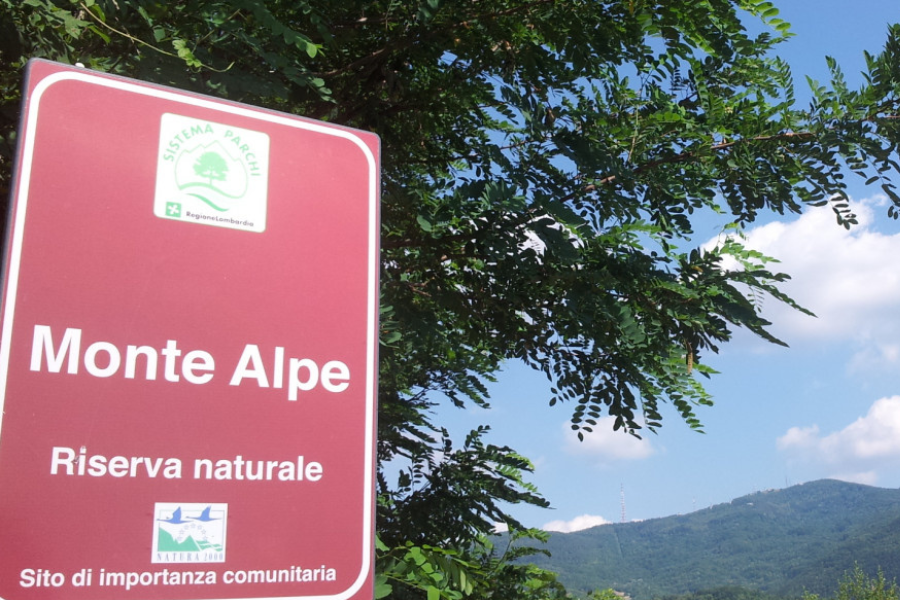Menconico and the Monte Alpe nature reserve

Besides the charm of the medieval village, Menconico also offers wonders of nature.
Cover photo from Comunità Montana Oltrepò Pavese website
The Monte Alpe nature reserve
Menconico is home to the Monte Alpe SIC regional nature reserve, a 328-hectare protected area between 762 and 1253 metres above sea level.
Monte Alpe is a relief located between the municipality of Menconico and Romagnese. It forms a watershed between the upper Staffora valley and the upper Tidone valley.
The landscape is characterised by deciduous forests, black pine and Scots pine, shrubs such as hawthorn and juniper, as well as a rich biodiversity with numerous floral and animal species, including dormice and squirrels. 🐿️
One of the most characteristic ‘residents’ of the reserve is the Formica rufa, which was introduced in the 1950s to control the pine processionary caterpillar. The reserve can be visited all year round and has equipped rest areas and information panels.
The best time to visit is from May to June for the blossoms 🌸 and from September to October for the autumn colours.🍂
A camera is a must! 📷
Besides consulting the weather forecast for Menconico, you can visit the Information Point and Visitor Centre at the CFS barracks on SP461 Penice Pass for suggestions on nature trails.

Image from Monte Alpe Facebook page – Site of Community Interest and Nature Reserve
A journey through Menconico’s history
The municipality of Menconico consists of about 20 hamlets. It lies at the foot of Mount Penice, in the valley of the stream Aronchio – right tributary of the stream Staffora. The name ‘Menconico’ is possibly derived from the Latin toponym Mons Conicus, with which Mount Penice was identified in ancient times.
According to legend, Queen Teodolinda of the Lombard kingdom passed through the village on her way to Bobbio to visit Saint Columbanus.
In 1164, Menconico appeared in a charter from Emperor Frederick Barbarossa, who assigned it to Marquis Obizzo Malaspina.
Later, in 1221, the village became part of Malaspina’s possessions. The ‘terziere di Menconico’ went to the Spino Fiorito branch.
In the 14th century, the fief came under the rule of the Duchy of Milan and was granted to the Sforza family of Santa Fiora.
In 1859, Menconico became part of the province of Pavia.
What to see in Menconico
The village of Menconico has retained its medieval charm, with the parish church of San Giorgio built in 1136 and rebuilt in the 18th century with the addition of the bell tower. Inside, you can admire an 18th-century gilded wooden altar and three stone aisles. Below the church is the Museum of Mountain Agricultural Civilisation, which collects objects and documents of rural life in the mountains, with descriptive maps in the local dialect.
Other notable churches include the church of San Pietro Apostolo in Pietra Casasco, built in the 14th century and renovated in 1897, and the parish church of San Nazario in Montemartino, dating from the 13th century, which houses a 17th-century gilded wooden Madonna del Rosario.
Other attractions include the Ospitaletto Oratory in Tre Passi (1100 m), a resting place for pilgrims surrounded by meadows and valleys.
In the hamlet of Spalla there is a water mill, largely built with stones from the stream Aronchio and wood from nearby forests.
Events and typical products
Menconico has a rich gastronomic tradition and organises events throughout the year:
Typical products
- Nisso PAT soft cheese is very special and therefore highly appreciated by connoisseurs
- the raw pasta formaggella di Menconico PAT (also known as molana di Menconico)
- the black truffle
- mountain honey
Among the events:
- Feast of St George (23 April)
- Beer Festival
- Argentine party
- Truffle festival
In Menconico with the motorhome
Fancy a campervan and contact with nature? For those who want to stay in Menconico with their campervan, there is an equipped car park.
Menconico is a perfect destination for those looking for unique experiences in the middle of nature.

 Save your favorite events
Save your favorite events












